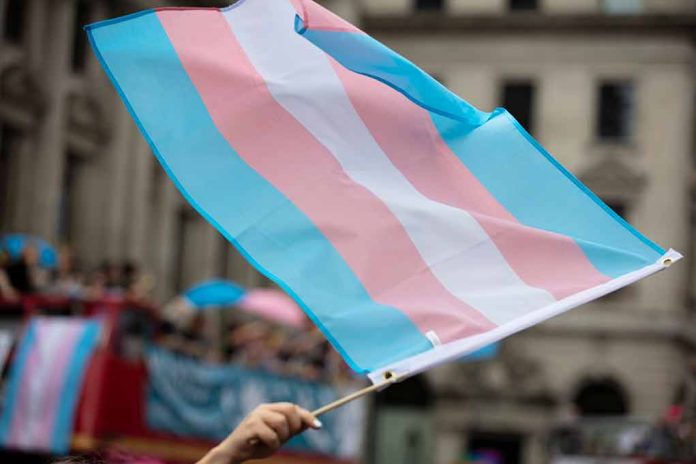
Donald Trump signs an executive order to end federal support for gender-affirming care for minors, sparking a heated debate on transgender rights and medical ethics.
Top Takeaways
- Trump’s executive order redefines “gender-affirming care” as “chemical and surgical mutilation” and eliminates federal endorsement.
- Federal agencies are mandated to rescind reliance on WPATH guidelines and review literature on best practices for children with gender dysphoria.
- Federal funding will be cut to medical institutions performing gender-affirming procedures on minors, with potential criminal investigations for medical professionals.
- The order faces opposition from transgender rights advocates but receives support from conservative groups.
- Over 26 US states have already implemented similar restrictions, reflecting a growing national debate.
Trump’s Executive Order: A Landmark Decision
On January 28, 2025, President Donald Trump signed an executive order aimed at ending federal support for gender-affirming care for minors. This move marks a significant shift in the ongoing debate surrounding government support for transgender medical practices, particularly for young individuals.
The order redefines gender-affirming care and eliminates the Biden administration’s endorsement of such practices. It mandates federal agencies, including the Department of Health and Human Services (HHS), to rescind reliance on guidelines from the World Professional Association for Transgender Health (WPATH).
🚨🇺🇸 TRUMP BANS FEDERAL FUNDS FOR “GENDER-AFFIRMING CARE” IN SWEEPING EXECUTIVE ORDER
Trump signed a major executive order cutting all federal funding for gender-affirming medical procedures for minors, calling them “barbaric” and vowing to end taxpayer support for such… https://t.co/IuYJ5Rd9Fx pic.twitter.com/f3IiVLNNge
— Mario Nawfal (@MarioNawfal) January 29, 2025
Key Provisions and Implications
The executive order includes several critical provisions that will significantly impact the landscape of transgender medical practices for minors in the United States. Federal funding will be cut to medical institutions that continue to perform gender-affirming procedures on minors. The order also opens the door for potential criminal investigations and lawsuits against medical professionals who perform these procedures.
Furthermore, the order directs federally-run insurance programs, including TRICARE and Federal Employee Health Benefits, to exclude coverage for gender transition treatments for minors. The Department of Justice is tasked with enforcing laws against female genital mutilation and investigating deceptive practices related to these medical interventions.
National and International Context
This executive order aligns with actions already taken by over 26 US states that have implemented similar restrictions on gender-affirming care for minors. The move also reflects ongoing debates in other countries, with reviews in European nations and the UK highlighting “remarkably weak” evidence supporting medical interventions for children with gender dysphoria.
While American medical associations argue that gender care is necessary, the science behind these treatments remains disputed. The Trump administration’s actions are seen by supporters as a significant step towards ending what they term “gender ideology” in the U.S., while critics argue it restricts access to necessary medical care for transgender youth.
Looking Ahead
As the executive order takes effect, it is expected to face legal challenges from various advocacy groups and medical organizations. While less than 1% of the US population over 13 identifies as transgender, with even fewer seeking medical care, the impact of this order extends beyond numbers, touching on fundamental questions of medical ethics, parental rights, and the role of government in healthcare decisions. As the nation grapples with these issues, the executive order stands as a pivotal moment in the ongoing dialogue about gender identity for minors in America.






















